BMW’s rear-wheel drive fun machines go side-by-side. Which one to buy and what happens if you choose one over the other?
I’ve been wanting to a M140i vs M2 comparison even since Munich’s riotous two-door joined the range a couple of years ago. The M2 is an absolute rocket and its ever-so-slight change in chassis philosophy made it a barrel of laughs the M4 never quite was. Until the M4 CS, of course. We’re still rubbing our hands in anticipation of the M3 CS.
M140i vs M2
The BMW M140i is a bit of an unsung hero in the range. Idiots sniff at it not being a “real M car” – one of the YouTube commenters called me “a joke” for referring to it as such. It’s part of the M Performance range that takes in a range of cars and acts as like an Audi S-Line pack or AMG add-on for “normal” cars, doing more than adding an M-Sport pack.
I put the two cars together, but not in the way everyone else does. I wanted to see what the relative strengths of the two cars were when driven side-by-side rather than “which is best.”
Interior
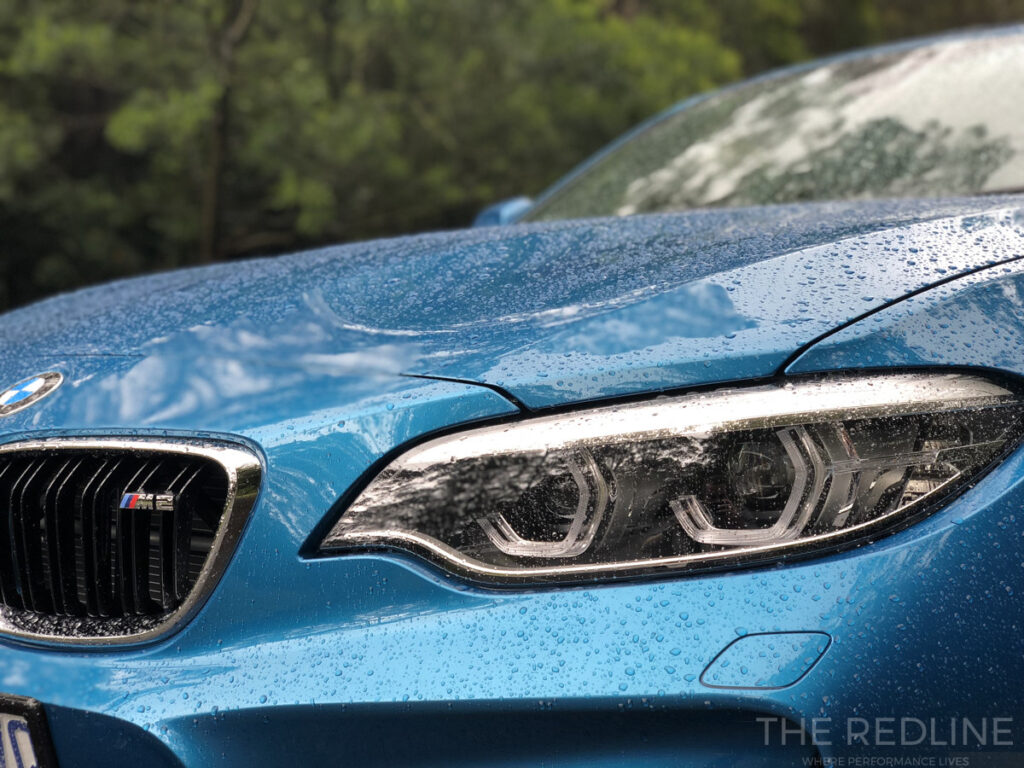
The two cars are very similar inside – they share much the same architecture and given the 2 Series is a 1 Series in a frock, it’s hardly surprising that they look the same.
The M140i’s seats are 1 Series sports seats. They’re a bit on the small side but do enough to hold you in while keeping you comfortable. While not much to look at, there is plenty of adjustment on offer to help you settle in and enjoy the ride.
Obviously, with the five-door version (here in Australia, we don’t get to choose a three-door 1er), access to the rear seats is fairly straightforward and they’re comfortable enough for short journeys. I’ve had a couple of kids in the back who had a whale of a time while I threw the car around rural roads, but there’s no shape to hold them in. Up to six-footers will fit, but the closer they get to that height, the less comfortable they’ll be.
The M2’s seats aren’t a great deal better to look at, but again they look after you where it counts. Getting into the rear is a bit of a drama – the front seat not really getting out of the way. Once you’re in the back there’s even less room than in the hatchback and the seats are flat and shapeless. Headroom is a bit of a challenge, too. If you’ve got young kids that can get in and out themselves, it’s probably okay. As they march into teenager-hood, forget it.
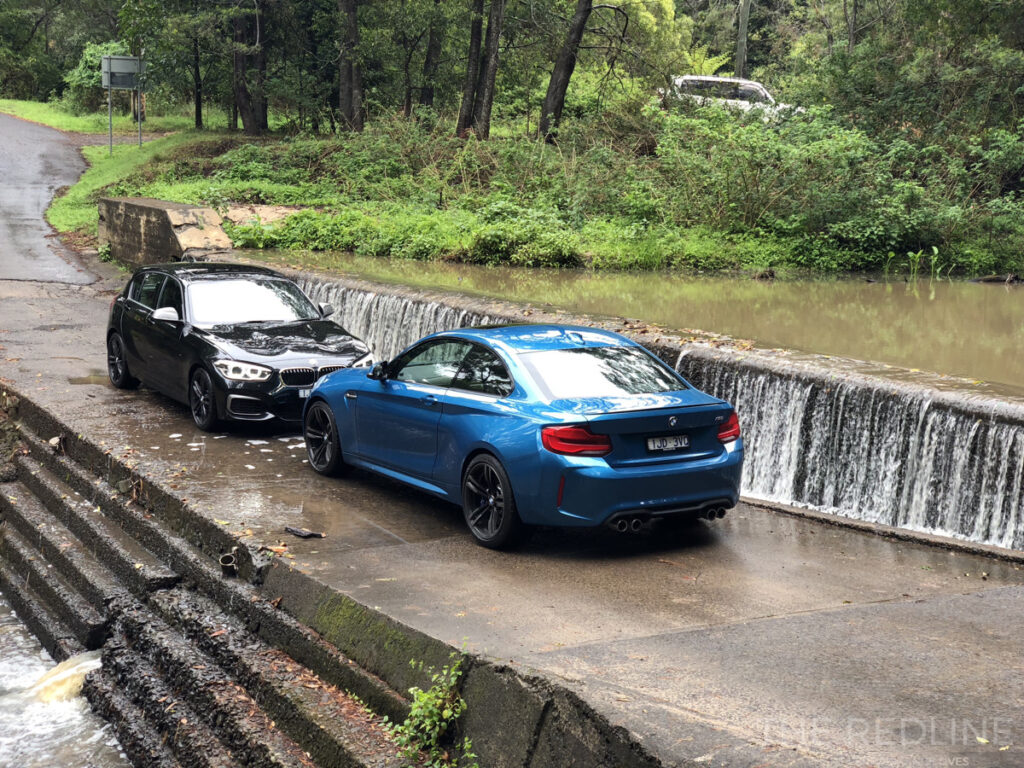
Exterior
Things really diverge on the outside and there are some genuine technical reasons.
The 1 Series has always been a controversially-styled car. This second-generation post-facelift is the least-dramatic but has also been the best-received. I really liked the E87, particularly with M-Sport bumpers and wheels. The surfacing was lovely and even the rear end managed to work.
The F20 was an abomination. Gone were the inventive shapes, replaced by something inexplicably ugly. The more aggressive bumper of the 135i helped lessen the blow.
The 2015 facelift brought order where there had been chaos. Better at both ends and tied to the new F22 2 Series range it’s a vastly better-looking car, even if the proportions remained slightly odd.
The 2 Series, on the other hand, was pretty out of the blocks. Again, it looks better with M-Sport wheels and aero bits, but it put to rest the demons unleashed by the F20. The M2, though, well – it’s different. The front and rear guards are pumped up to resemble a drift car’s. The people at M had no choice – somebody convinced management that the M2’s suspension had to be from the bigger M4 and there wasn’t the room.
The result is something properly mean-looking. With darker wheels, it really looks the business in the near-default vivid blue. The high-ish profile tyres add some real toughness. Looks the part, is the part. BMW really does do menacing in its passenger car range Ms, unlike the mild obnoxiousness of M-pumped Xes.
Engines & Tranmissions
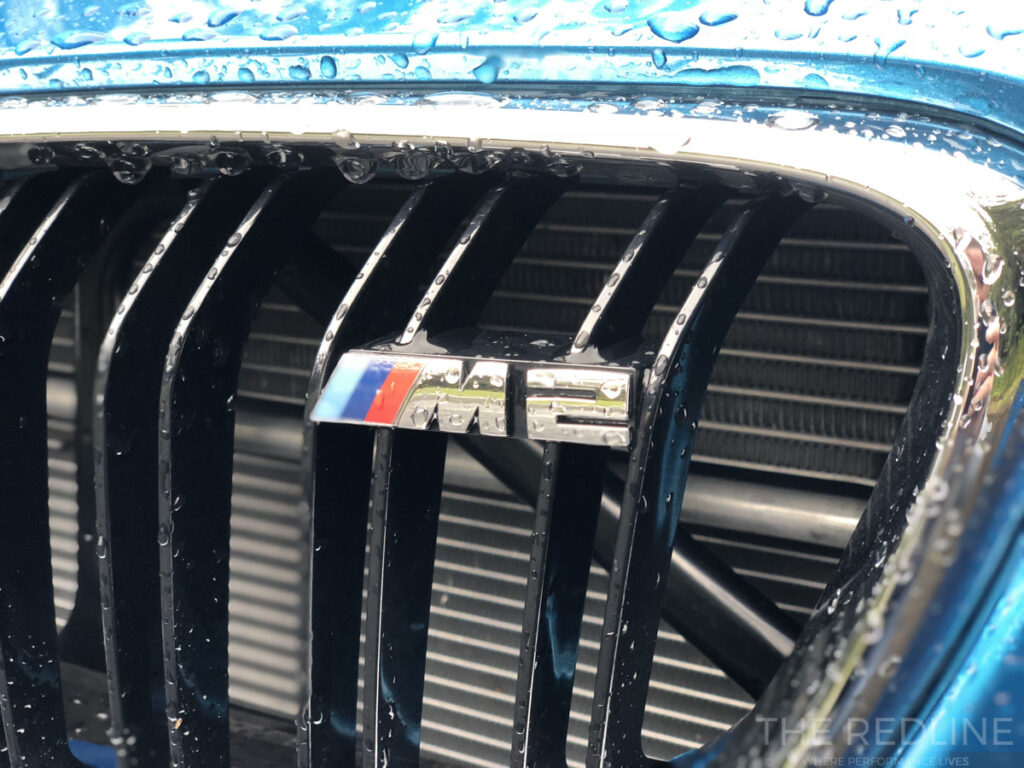
BMW likes to keep things fresh, so when the F20’s mid-life update arrived, the 135i’s 3.0-litre turbo straight six was replaced with…a 3.0-litre turbo straight six. Power rose to 250kW (340PS) in the transition to the B58 (previous cars ran the N55). The B58 also came with an appreciable jump in torque to 500Nm, up over 10 percent. Most of the changes involved the way the twin-scroll turbo worked, improved emissions and reduced friction. It’s a very smooth engine and revs happily to a 7000rpm redline while making a terrific noise. I don’t care how much popping and banging the AMG 2.0-litre turbo four makes, the BMW straight-six is better.
And before I’m accused of bias, I reckon the Audi twin-turbo V8 is the best-sounding engine in “normal” cars.
The M140i is available with a six-speed manual transmission or a ZF eight-speed automatic. That gearbox has to be the best auto on the market today and is installed in hugely varying types of car, from a 1.5-litre three-cylinder turbo right through to the madcap twin-turbo V8 on the new M5 (and Audi’s RS6/RS7 pair).
The M2 “soldiers on” with the turbo straight-six from the M3/M4. While it’s not as potent, 272kW (370PS) and 465Nm isn’t messing about. And yes, those figures don’t compare particularly favourably to the B58, but we’ll come to that. Here in the M2, the engine is known as N55 rather than the S55 codename on the M3/M4/M4 CS.
The N55 also scores forged pistons and crankshaft to handle the thrashing and an extra oil cooler handles the higher demand.
You can choose from two transmissions – one is the same six-speed manual (with a revised linkage) from the M140i or BMW’s seven-speed DCT twin-clutch. I had the DCT version – quicker to 100km/h and it’s the gearbox most buyers choose.
Chassis
These two cars are very different here under your backside. The M140i is obviously a 1 Series. Even a basic 1 is good fun to drive, so the work for the M Performance team wasn’t hugely difficult. The M140i has adaptive damping to deliver an easy ride around town and a stiffer, flatter chassis for the fun stuff. If you want, you can spend (a lot of) money to add a mechanical LSD. Do it. If you’re buying one second-hand, Quaife will supply you with an LSD too.
Sticky Michelin Pilot Sport 225/40 tyres wrap the 18-inch wheels up front while the rears are 245/35s.
The M2 is a bit of a Frankenstein car. The fatter guards hide M3/M4 suspension bits to widen the track front and rear. Between the rear wheels you will find a multi-plate limited-slip diff where the M140i is stuck with a torque-vectored unit. Michelin Pilot Super Sports connect you to the road, 245/35 up front and 265/35 at the rear, fitted to 19-inch wheels.
Unlike the M140i, the suspension is static – no adaptive dampers, just good old-fashioned springs and dampers honed with thousands of hours of testing. The track is a whopping 63mm wider up front and 69mm at the rear, but that explains the 80mm wider bodywork.
The M4’s rear subframe is attached directly to the body, which means a bit more noise and a bit less comfort. Both ends feature serious bracing between the suspension towers, too.
Driving
Before we get cracking, both of these cars are absolute rockets. Anything small with 250kW-plus of power is going to demolish the benchmark 0-100km/h time (0-62mph). Both of these cars flash by in well under five seconds, so if drag-racing is your thing, there’s little in it.
The M140i is clearly the softer car. There is much to like about it, though. It’s the more appealing everyday car, with a comfortable ride and handling balance that you can use every day. It’s not a track warrior, but in Sport mode you will demolish just about anything in its class and you will be having a ball doing it. On its own, it feels unstoppable and is without doubt more fun than a , without doubt,s rear-wheel drive chassis has the edge over all-wheel drive for driving purity, with excellent electro-nannies and a finely-judged rear end to keep you out of trouble.
The M140i is almost a best-kept secret – a modern classic and with the move to a front-wheel drive platform for the next-generation, it’s also an instant classic. No other small hatchback is this fast and at this level, affordable. Sorry to my American friends, you can’t have one. I wouldn’t be surprised to see a healthy private import market develop over the next few years.
The M2, however, is completely off the chain. Not like the 1 Series M, which was mental, but it’s just so much fun. The super-stable platform of the wider-tracked M4 suspension, stickier Super Sport tyres and stiffer everything provides thrills in the wet and dry. Despite its torque deficit, the extra potential in the chassis is super-easy to unlock and you will never fail to enjoy yourself. You can get it sideways with the electronics on to make you feel like a hero (but not too sideways), which is brilliant.
I can’t stress enough how much I love the M2. It’s just an amazing car. People chortle at me when I say it’s responsible for the M4 CS, but I reckon it is. They feel so similar – so adjustable, so much fun. The M2’s front end is so sharp but it’s so forgiving – you can storm into corners with huge speed and know the rear is going to go with you. Sideways is never surprise, you’re in on all the fun. It’s just amazing.
But how do you choose? Watch the video…


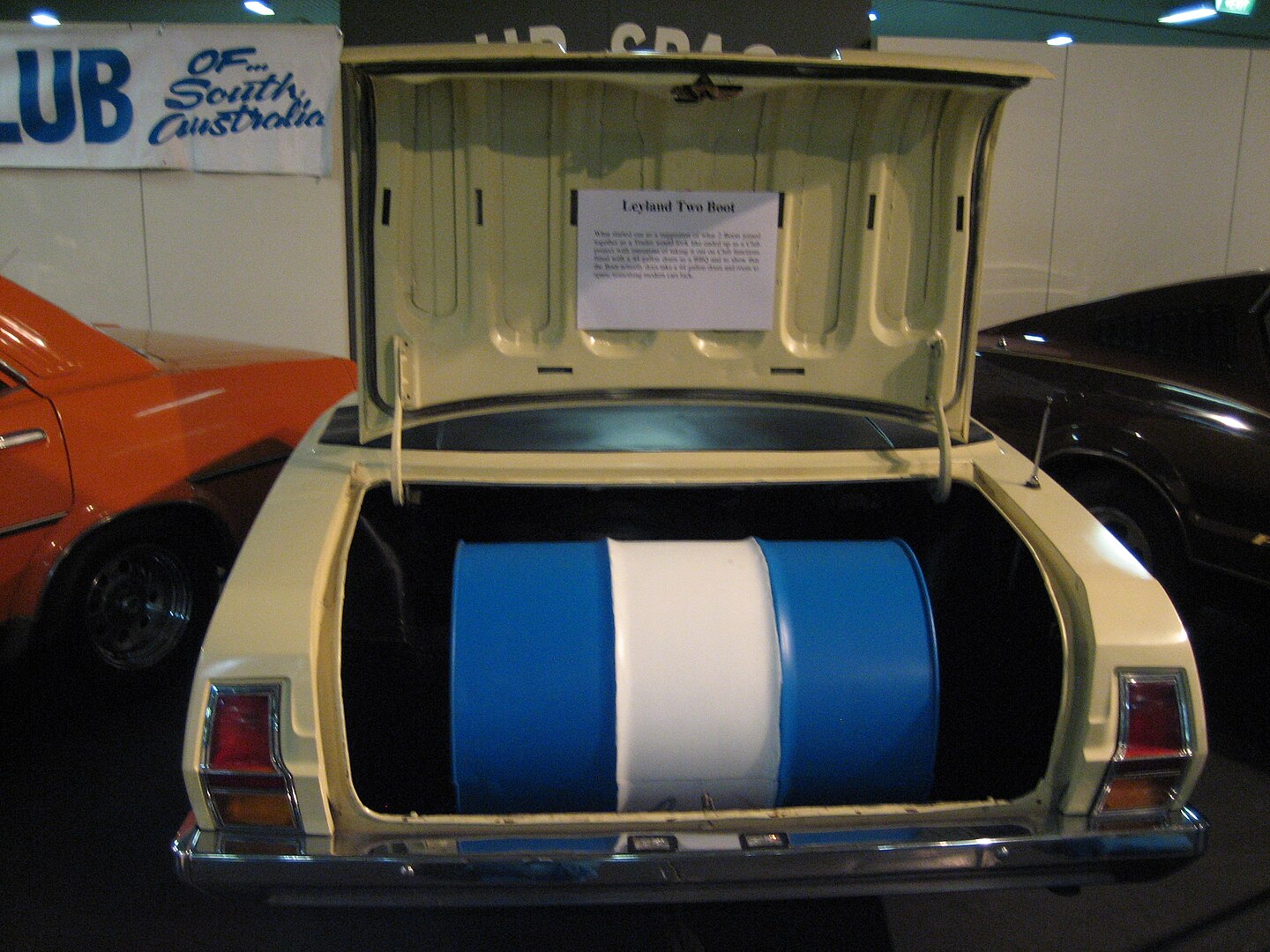

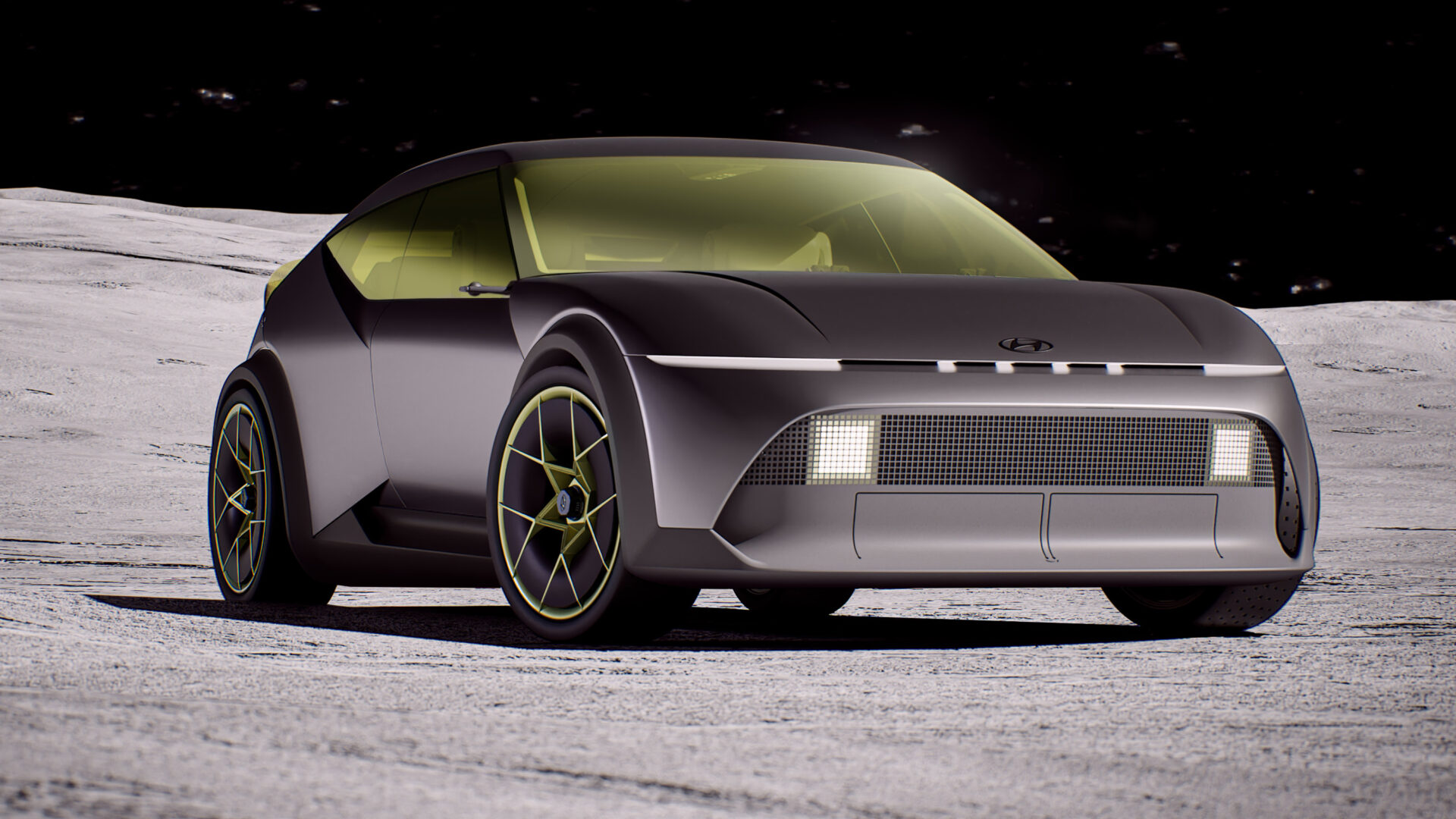
Leave a Reply